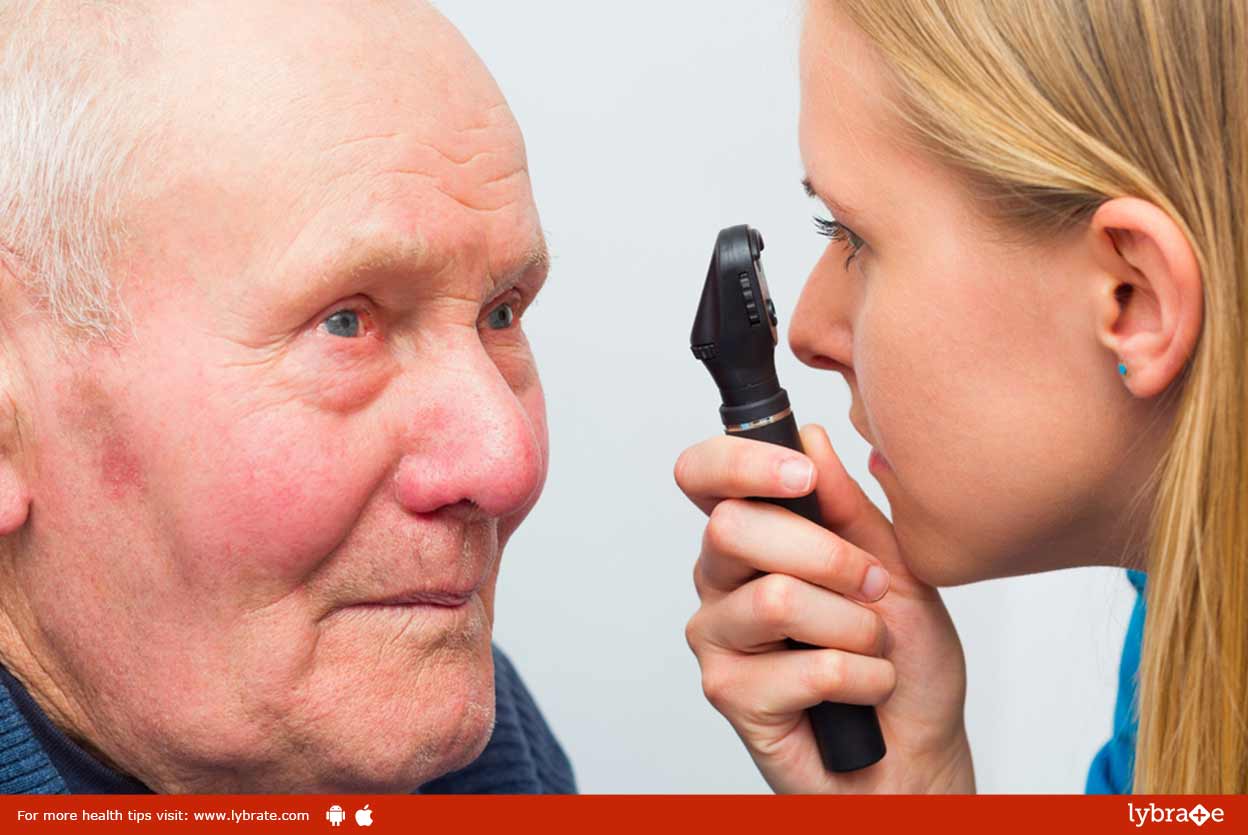By Dr. Rajeev Gupta , Ophthalmology
The clouding of an individual’s natural lens lying behind the iris and the pupil is called cataract. This condition forms the major cause of vision loss and affects people usually above the age of 40. According to research, cataracts are a principal cause of blindness in the world, in present times. Cataracts can be of three different types:
- Sub Capsular Cataract: This particular type of cataract occurs behind the lens. People with a higher intake of steroids and diabetic individuals are more susceptible to this.
- Nuclear Cataract: This occurs usually within the center of the lens or the nucleus. This is primarily associated with aging.
- Cortical Cataract: This form of cataract is found in the lens cortex. The lens cortex is a part of the lens that surrounds the central nucleus.
Symptoms-
Cataracts usually form slowly and cause few symptoms until they noticeably block light. Symptoms can include:
- Vision that is cloudy, blurry, foggy, or filmy
- Progressive nearsightedness in older people often called “second sight” because although their distance vision is getting worse, they may no longer need reading glasses
- Changes in the way you see color
- Problems driving at night such as glare from oncoming headlights
- Problems with glare during the day
- Double vision
- Sudden changes in your glasses prescription
How To Prevent Cataract-
Though there is significant controversy about whether cataracts can be prevented, a number of studies suggest certain nutrients and nutritional supplements may reduce your risk of cataracts.
- Higher dietary intakes of vitamin E and the carotenoids lutein and zeaxanthin from food and supplements were associated with significantly decreased risks of cataract.
- Good food sources of vitamin E include sunflower seeds, almonds and spinach. Good sources of lutein and zeaxanthin include spinach, kale and other green, leafy vegetables.
- Vitamin C and foods containing Omega 3-fatty acids may reduce cataract risk.
- Another step you can take to reduce your risk of cataracts is to wear protective sunglasses that block 100 percent of the sun’s UV rays when you are outdoors.
Treatment of Cataracts-
If you are unable or uninterested in surgery, your doctor may be able to help you manage your symptoms. They may suggest stronger eyeglasses, magnifying lenses, or sunglasses with an anti-glare coating.
Surgery-
Surgery is recommended when cataracts prevent you from going about your daily activities, such as reading or driving. It’s also performed when cataracts interfere with the treatment of other eye problems. One surgical method, known as phacoemulsification, involves the use of ultrasound waves to break the lens apart and remove the pieces. Extracapsular surgery involves removing the cloudy part of the lens through a long incision in the cornea. After surgery, an artificial intraocular lens is placed where the natural lens was. Surgery to remove a cataract is generally very safe and has a high success rate. Most people can go home the same day as their surgery.








































